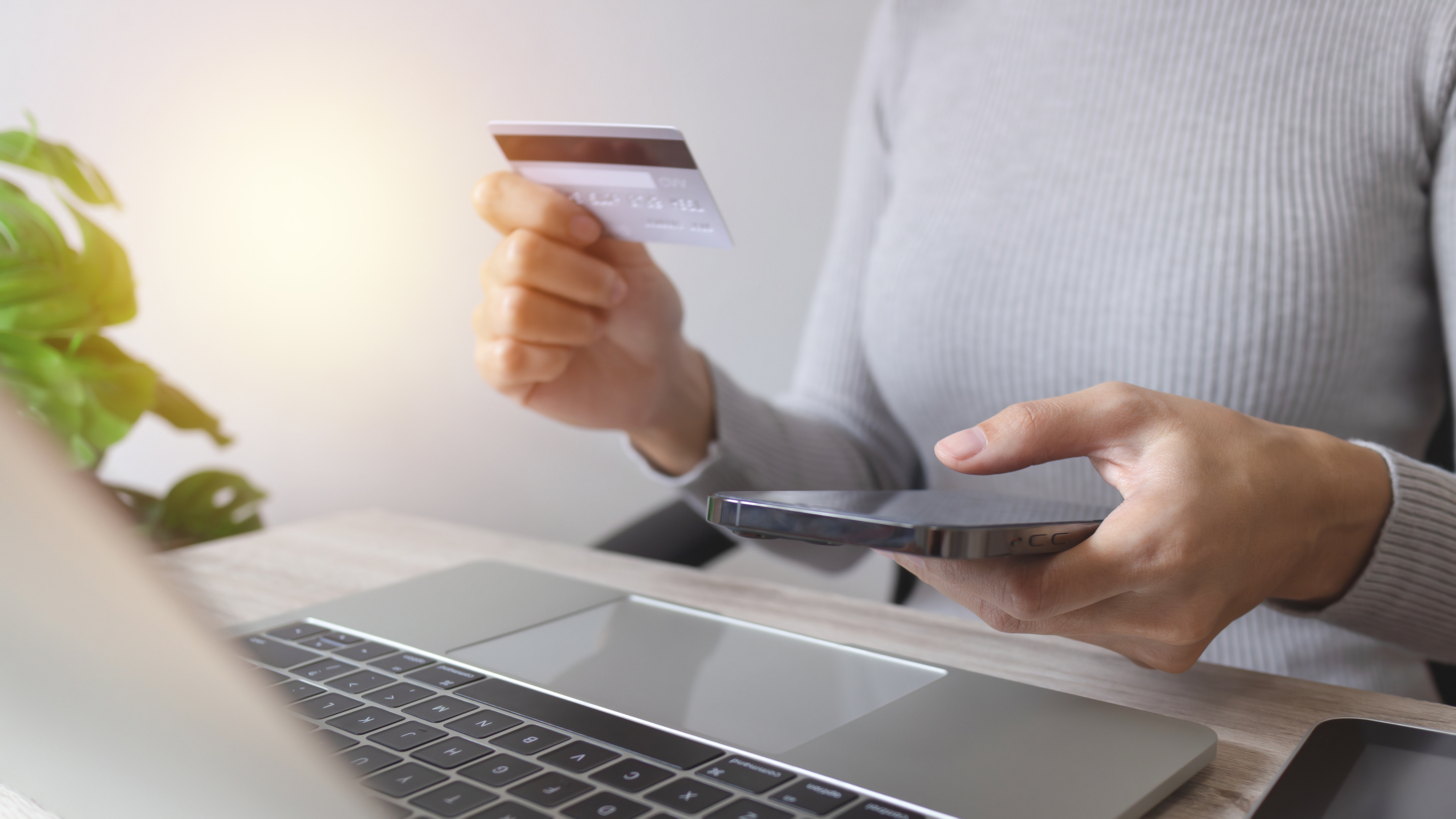In the dynamic world of payments, a new star has emerged in recent years: Buy Now Pay Later (BNPL), i.e. short-term financing that allows you to buy now and pay later. This model allows businesses to purchase goods or services and pay for them in installments, often interest-free, making it an attractive alternative to credit cards. During the pandemic, BNPL gained momentum, offering a flexible solution at a time of economic uncertainty and accelerating digital commerce.
A 2024 Juniper Research study forecasts that the value of BNPL transactions will reach $687 billion by 2028, nearly double the $334 billion recorded in 2024. The report notes that this growth reflects the increasing demand for alternative lending solutions in a volatile economic environment.
The author of the research, Matt Purnell, states: “To succeed in increasingly regulated markets, providers must adapt to legislation, justify the use of BNPL versus traditional credit solutions, and reward consumer loyalty to maintain customer retention.”
What is BNPL?
BNPL allows buyers to receive products or services immediately and pay for them months later, either in full or in several installments, usually interest-free. It is therefore a powerful incentive to increase retail sales and an alternative to credit cards.
In fact, according to Kantar/FLOA research from 2024, 54% of European consumers would consider switching stores if Buy Now, Pay Later was not offered. In addition, a report by Cardify estimates that implementing BNPL can increase purchases by 10% to 40%, while a study by Affirm found that retailers surveyed who offered this option saw an average improvement of 20% in conversions and 87% in average order value (AOV).
Affirm, Klarna and Scalapay are among the leading companies offering this service. Even Apple has entered the arena with Apple Pay Later, and another benchmark is Openpay, a digital payments company of the BBVA Group that facilitates the integration of multiple methods for retailers. Retailers always receive the full amount of the purchase up front, while BNPL service providers handle the installment payments, charging a fee that typically ranges from 2% to 8% of the cost of the sale.
Buy Now Pay Later in the Business Sector
In recent years, B2B operators in all industry sectors have experienced a true revolution. According to McKinsey, approximately 35% of all B2B purchases by large and midsize companies are made online, and this figure rises to 70% when virtual orders are included. Analysts note that “the most obvious sign of digital sales maturity is the confidence B2B buyers demonstrate when making large purchases online.”
In fact, locating and researching new suppliers and products online has become not only easier, but also more effective, as customers increasingly rely on digital channels and their ability to fulfill orders. Even before COVID-19 changed buying models, many B2B customers, especially those from younger generations, valued the user experience, speed, and convenience that online offers. Today, 74% of them believe that the new internet-dominated shopping model will improve their business results.
B2B BNPL is especially useful for startups, small and medium-sized enterprises (SMEs) that need financial flexibility. Unlike B2C, where transactions tend to be lower value and simpler, B2B BNPL involves customized agreements, extended payment plans, and more rigorous credit assessment. This model allows businesses to maintain healthy cash flow and reduce reliance on traditional bank loans.
Key Differences Between B2B and B2C BNPL
Although both models allow for deferred payments, BNPL in the B2B context has unique characteristics that differentiate it from B2C. B2B BNPL works through agreements between suppliers and business customers, where flexible payment plans are established that can be extended for months, depending on the needs and the business relationship between the parties. Not only does this system help businesses maintain healthy cash flow, but it also reduces reliance on traditional bank loans.
B2B transactions are typically higher value than B2C transactions and often require more in-depth risk analysis by the BNPL service provider. In addition, B2B sales can be more complex, with contract terms, volume discounts, and negotiations requiring greater personalization of the service. At the same time, B2B payment terms tend to be more negotiable and adaptable to the specific needs of businesses.
B2B relationships are usually long-term and are based on increased mutual trust. As a result, BNPL requires in-depth knowledge of the trading partner and more detailed credit assessment than B2C transactions. The tax and accounting implications can be more complex, as can accounting and tax management, which may require greater attention to ensure compliance with current regulations.
Finally, the technology infrastructure required to support BNPL in the B2B space must be able to handle more complex processes, such as integration with ERP (Enterprise Resource Planning) or CRM (Customer Relationship Management) systems to automate order processing and credit management.
Advantages of Buy Now Pay Later: How does it help your company?
Different studies show that the lack of credit options can lead buyers to reconsider the timing and feasibility of their purchases, especially the most important ones. It is estimated that 30% to 50% of B2B shoppers abandon their order at checkout when they discover that the only option offered is instant payment. In addition, BNPL adapts to the needs of companies that wish to acquire goods or services for their operational activity, allowing them to better manage cash flow and optimize the allocation of financial resources.
However, despite the rapid growth of the model, the vast majority of B2B merchants still require immediate, up-front payment, with only a small fraction now offering deferred payment options. Widespread adoption of BNPL in B2B is still being held back primarily by perceptions of risk: offering deferred or staggered payments exposes operators to the possibility of delays or even defaults, which is a major missed opportunity. To mitigate this risk, credit insurance is often used in favor of the B2B BNPL financier.
It is clear that BNPL offers many benefits, but companies must consider how to implement this payment method thoughtfully to ensure customer satisfaction and sustainable business growth. The adoption of the model will be driven by growing market maturity and buyer confidence, supported by regulatory initiatives and increased adoption, particularly in B2B use cases.
In short, BNPL is an innovative solution that can facilitate business transactions, improve liquidity and support business growth. However, it is critical that organizations evaluate all potential challenges and ensure that their infrastructure is adequate to support this payment model. With the adoption of specific strategies and a solid understanding of the differences from B2C, Buy Now Pay Later can become a valuable tool for success in the B2B world.











